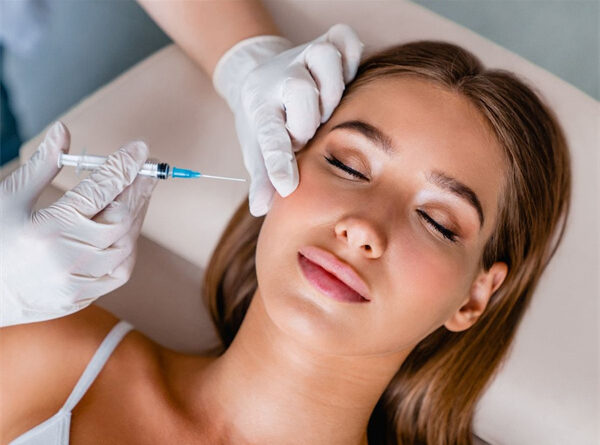Platelet-rich plasma (PRP) therapy is a regenerative medicine technique that uses a patient’s own blood to promote healing and tissue repair. PRP therapy has been shown to be effective in treating a variety of conditions, including osteoarthritis, tendinitis, and muscle strains. But can PRP therapy be combined with other treatments to enhance its effects? In this blog, we will discuss the potential benefits and drawbacks of combining PRP therapy with other treatments.
Combining PRP therapy with other treatments can offer several potential benefits. For example, PRP therapy can be combined with physical therapy to enhance the effects of both treatments. Physical therapy can help to improve joint mobility and strength, while PRP therapy can promote tissue repair and reduce inflammation. Together, these treatments can help to improve the overall function and mobility of the affected area.
PRP therapy can also be combined with other regenerative medicine treatments, such as stem cell therapy. Stem cells have the potential to differentiate into various cell types, including bone, cartilage, and muscle cells, making them a promising treatment option for a wide range of conditions. When combined with PRP therapy, stem cell therapy may enhance the regenerative effects of both treatments and promote more rapid tissue repair.
However, there are also potential drawbacks to combining PRP therapy with other treatments. For example, combining PRP therapy with corticosteroid injections may actually reduce the effectiveness of both treatments. Corticosteroids are powerful anti-inflammatory medications that can suppress the immune system and reduce inflammation. However, they may also inhibit the regenerative effects of PRP therapy, as they can interfere with the natural healing process.
Additionally, combining PRP therapy with certain medications, such as nonsteroidal anti-inflammatory drugs (NSAIDs), may also reduce the effectiveness of PRP therapy. NSAIDs work by reducing inflammation, but they may also interfere with the ability of platelets to promote tissue repair.
Ultimately, whether or not to combine PRP therapy with other treatments will depend on the specific condition being treated and the individual patient’s needs. Your healthcare provider can help you determine whether combining PRP therapy with other treatments is appropriate for your condition.
In conclusion, while PRP therapy can be combined with other treatments to enhance its effects, there may also be potential drawbacks to doing so. Combining PRP therapy with physical therapy or stem cell therapy may offer promising benefits, while combining it with corticosteroids or certain medications may reduce its effectiveness. It is important to consult with your healthcare provider to determine whether combining PRP therapy with other treatments is appropriate for your condition.








